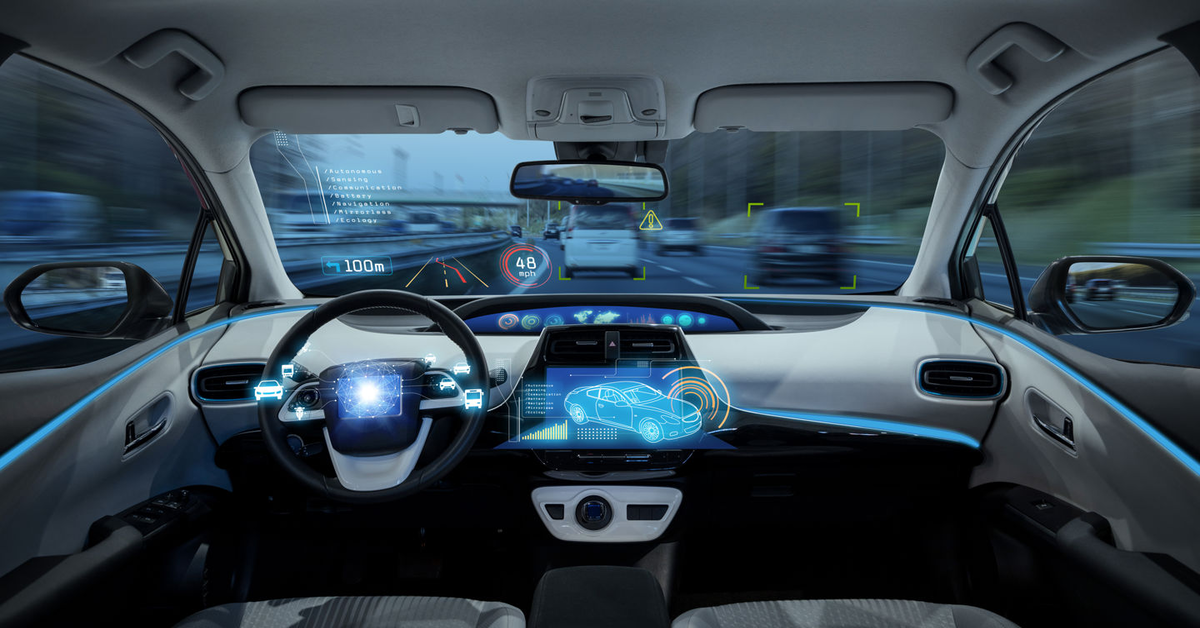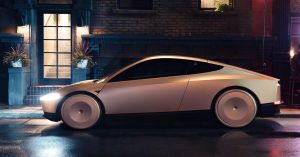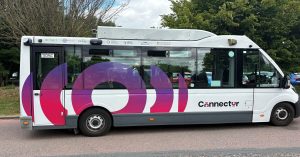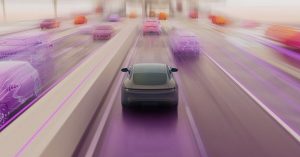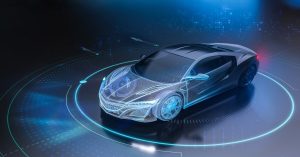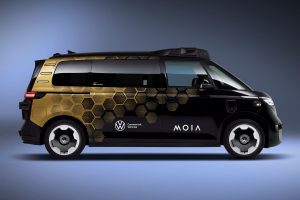Transportation engineers at North Carolina State University propose a fourth light at traffic lights, called the “white light,” to improve traffic flow and reduce fuel consumption.
The white light concept uses the computing power of autonomous vehicles (AVs) and involves a new traffic signal for human drivers.
The researchers have conducted computational simulations and found the approach to be efficient and effective.


